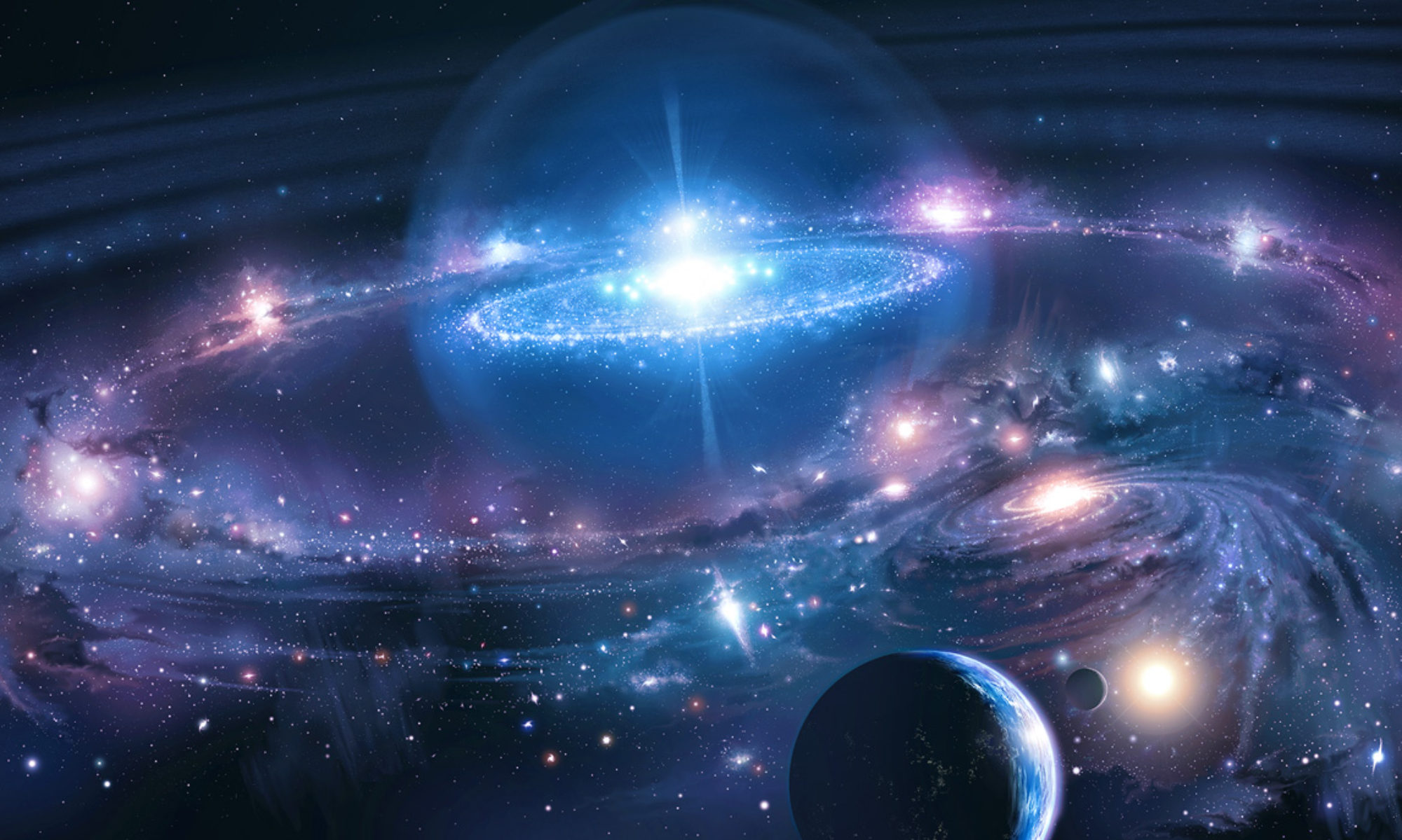Biology
Date : Apr., 2021
Source : PHYS.org

Networking and intercommunication is not for humans only. Plants can be wired and collaborate together, thanks to a web-like infrastructure generated by fungi. A new publication describes this world of connection and interdependence between different species. It looks like a collective intelligence, using the best resources available to drive their growth and reproduction, and their survival in case of imminent danger.
The Secret Doctrine (Vol. II, p. 590 – 1888 Edition) , talking about the “old Esoteric doctrine” teaches that :
“When the first ‘Seven’ appeared on earth, they threw the seed of everything that grows on the land into the soil. First came three, and four were added to these as soon as stone was transformed in plant. Then came the second ‘Seven’; who, guiding the Jîvas of the plants, produced the middle (intermediate) natures between plant and moving living animal.”
Watch : https://youtu.be/yWOqeyPIVRo
Read more : https://phys.org/news/2021-04-complex-world-resources-environments.html
